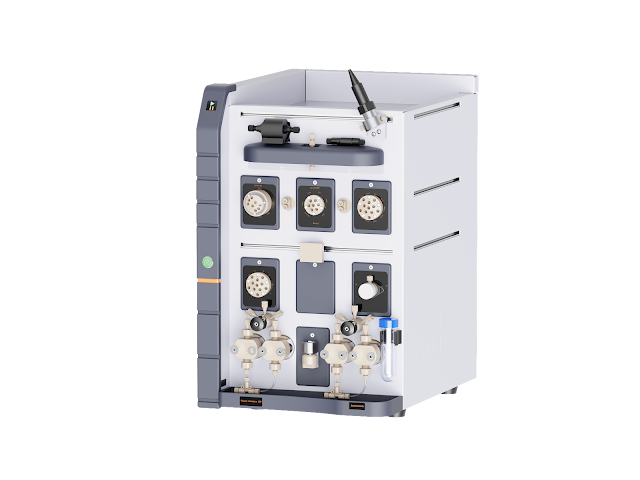An Introduction to Fast Protein Liquid Chromatography and Liquid Chromatography
In the world of biochemical research, effective separation techniques are crucial for isolating and analyzing biomolecules. Among these techniques, Fast Protein Liquid Chromatography (FPLC) and Liquid Chromatography (LC) stand out for their precision and efficiency. Both methods are integral to scientific advancements, enabling researchers to purify proteins, nucleic acids, and other compounds with remarkable accuracy.

Understanding Fast Protein Liquid Chromatography:
Fast Protein Liquid Chromatography (FPLC) is widely used in protein purification processes. This method allows for the quick and efficient separation of proteins based on size, charge, hydrophobicity, or affinity. FPLC operates under low pressure, making it an ideal choice for delicate biomolecules that could be damaged by high pressure. The separation occurs through a column packed with a stationary phase, which interacts with the proteins as they pass through, allowing for precise fractionation.
The primary appeal of FPLC is its ability to handle large sample volumes with high resolution, making it essential in fields such as biochemistry, molecular biology, and pharmaceuticals. The technique not only speeds up the protein purification process but also ensures that the proteins remain intact and biologically active, which is critical for downstream applications like enzyme assays or structural studies.
Liquid Chromatography: A Versatile Separation Method
Liquid Chromatography (LC), in contrast, encompasses a broader range of applications beyond just proteins. It is a versatile technique used to separate, identify, and quantify components in complex mixtures. In LC, the sample is dissolved in a liquid, and as it passes through a chromatographic column, the different components are separated based on their interactions with the stationary phase and the mobile phase. LC is commonly used in pharmaceutical, environmental, and food safety testing due to its high sensitivity and adaptability.
The advantage of Liquid Chromatography lies in its ability to work with a variety of sample types, including proteins, peptides, amino acids, and small organic compounds. It can be performed at high or low pressure, with High-Performance Liquid Chromatography (HPLC) being the high-pressure variant that offers even greater resolution. Whether used for analytical purposes or preparative work, LC remains one of the most reliable techniques in modern chemistry and life sciences.

The Role of FPLC and LC in Research:
Both Fast Protein Liquid Chromatography and Liquid Chromatography are indispensable tools in scientific laboratories across the globe. FPLC's focus on protein purification makes it a go-to for researchers working with complex protein samples, while LC's versatility enables its use across multiple industries. From drug development to quality control in food production, these chromatographic methods streamline processes and improve accuracy in a wide array of applications.
While FPLC specializes in handling biological molecules gently and efficiently, LC provides the flexibility to separate an extensive range of chemical and biochemical substances. Their complementary nature ensures that they remain critical components in research and industrial laboratories.
Conclusion:
Both Fast Protein Liquid Chromatography and Liquid Chromatography have significantly advanced our ability to separate and analyze complex biomolecules. Their precision, efficiency, and broad applicability make them essential techniques in various fields of research. For high-quality chromatographic systems and solutions, visit inscinstech.com.cn, where cutting-edge technologies meet the needs of modern scientific inquiry.
.jpg)

Comments
Post a Comment